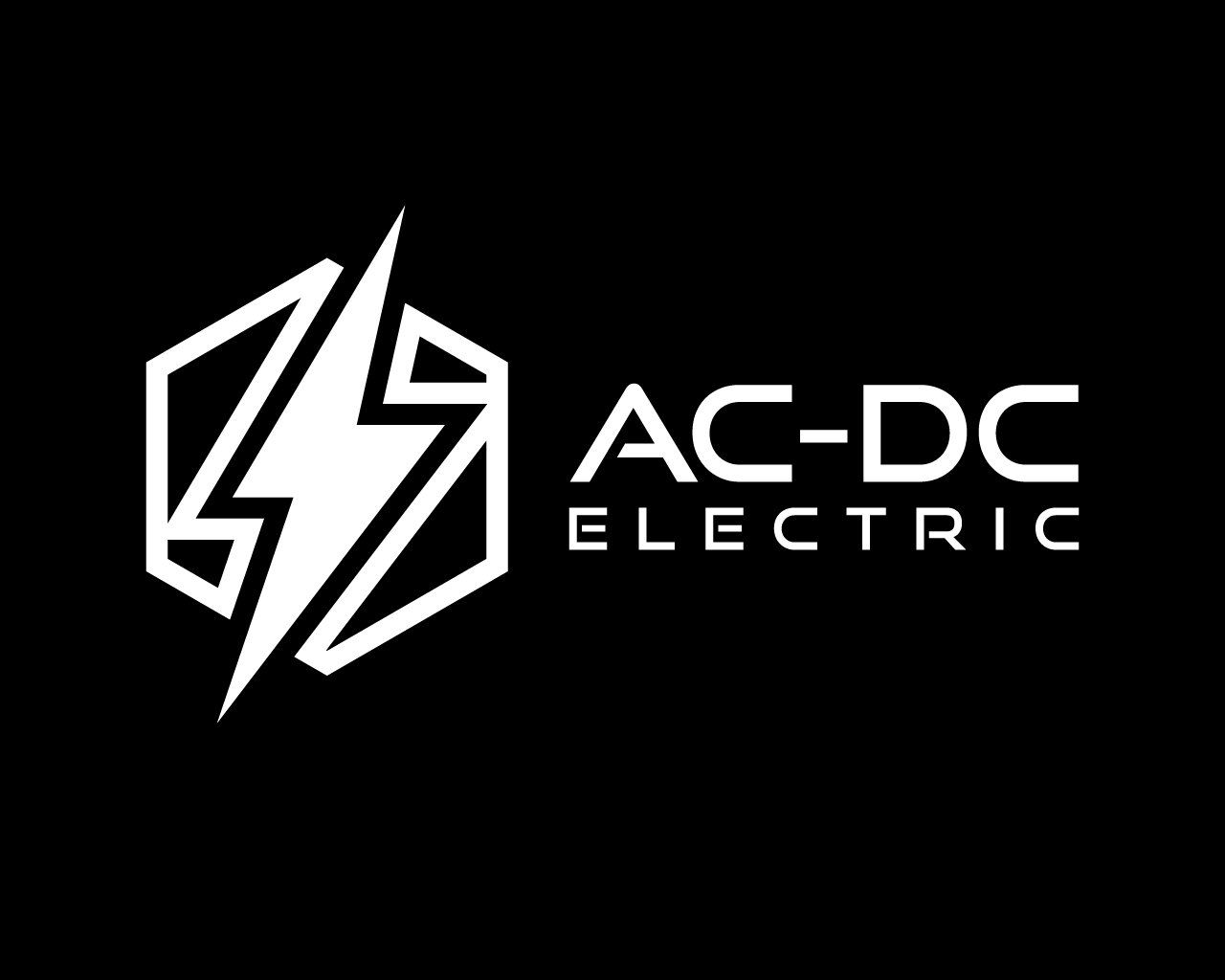Why Does My Breaker Keep Tripping, With Nothing Plugged In?
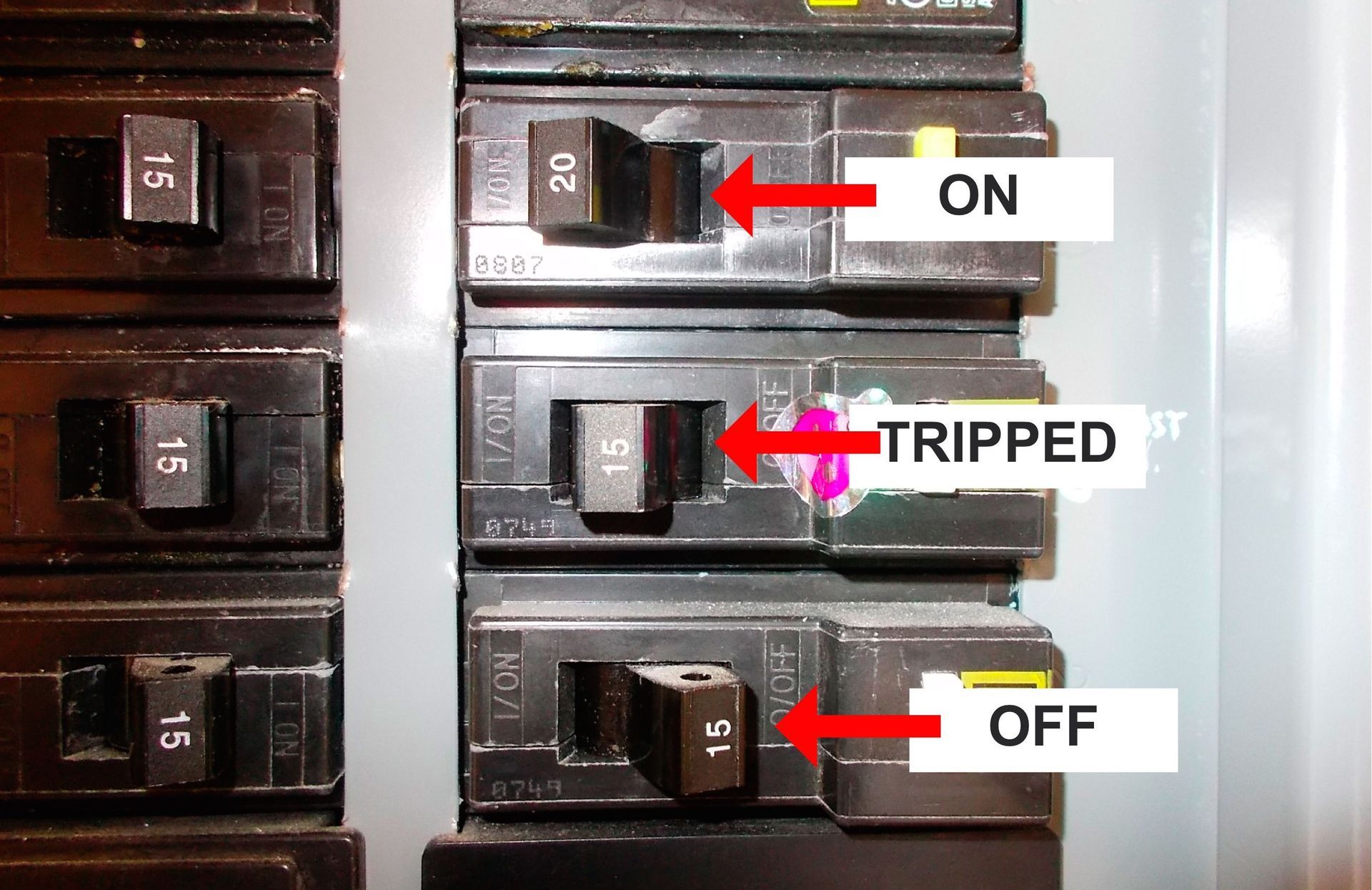
If you find yourself constantly experiencing a tripped breaker, despite having nothing plugged in, it can be frustrating and confusing. There are a few reasons why this may be occurring. One possibility is an overloaded circuit, meaning there are too many electronic devices or appliances running on the same circuit.
Another possibility could be a faulty breaker or wiring issue. It's essential to call a professional electrician to come out and assess the situation to identify the source of the problem as quickly and safely as possible. It's important always to prioritize the safety of your home and family by ensuring that an expert handles any electrical issue. Call AC-DC Electric at- 970-330-1656
Why Does My Does My Breaker Keep Tripping?
Are you experiencing frequent trips in your circuit breaker? This could be an indication of a larger problem that needs urgent attention. Circuit breakers are established to protect your home's electric system from being damaged due to a surge in electrical current. While tripping may happen occasionally, frequent trips indicate a problem that requires an electrician's expertise.
In this article, we will discuss some of the possible reasons why your breaker keeps tripping.
Overloaded Circuit Breaker
One of the main reasons why breakers trip is due to an overloaded circuit. An overloaded circuit occurs when you have too many appliances connected to the circuit at once. For example, if you are running a vacuum cleaner, microwave, and iron at the same time, they are all drawing electricity from the same circuit, causing it to overload and the breaker trips.
Overloaded circuits are dangerous, as they can lead to electrical fires, which can be detrimental to your home and your safety.
To identify an overloaded circuit, you need to pay attention to the signs. For example, if your lights are flickering or dimming when you plug in an appliance, it is a good sign that your circuit is overloaded.
Another sign is if you are constantly resetting your circuit breaker because it is tripping frequently. In such cases, it is important to act quickly to avoid any safety hazards. To prevent breakers from tripping due to overloaded circuits, you should first unplug any appliances that are not in use or necessary.
This will reduce the load on the circuit, and the breaker will not trip. It is also important to spread out the use of high-powered appliances throughout the day. For example, if you have to run the dishwasher, refrain from running other high-powered appliances, such as the iron or microwave, at the same time.
It is vital to note that some electrical problems require a professional electrician to fix. Suppose your circuit breaker continues to trip even after unplugging appliances and spreading out the use of high-powered appliances. In that case, we advise that you call in a professional electrician to help solve the problem.
Another solution is to upgrade your electrical system. Most homes today have a 100-amp service, which is standard. However, if you have a lot of appliances, it is wise to upgrade to a higher amperage to accommodate the extra load. Upgrading your electrical system will not only prevent tripping breakers but also enhance your safety.
Short Circuit
A short circuit occurs when two conductors in a circuit touch each other, causing a rapid flow of electric current that is larger than what the wires can handle. This can happen due to several reasons, such as a wire that has been damaged or frayed, a malfunction within the device, or even overheating.
It’s important to identify the cause before fixing the short circuit, as leaving it unattended can cause further damage and can even lead to a fire.
Once a circuit breaker trips, the first step is to identify the shorted circuit. This can be done by unplugging all the devices or appliances connected to the circuit and then attempting to reset the breaker. If the breaker trips again, then the short circuit is still present. In this case, it’s best to call a licensed electrician to help identify and fix the problem.
Fixing a short circuit can be a tricky task, especially for those who aren’t experienced with electrical work. It’s important never to attempt to fix it yourself, as it can lead to further damage or even electric shock
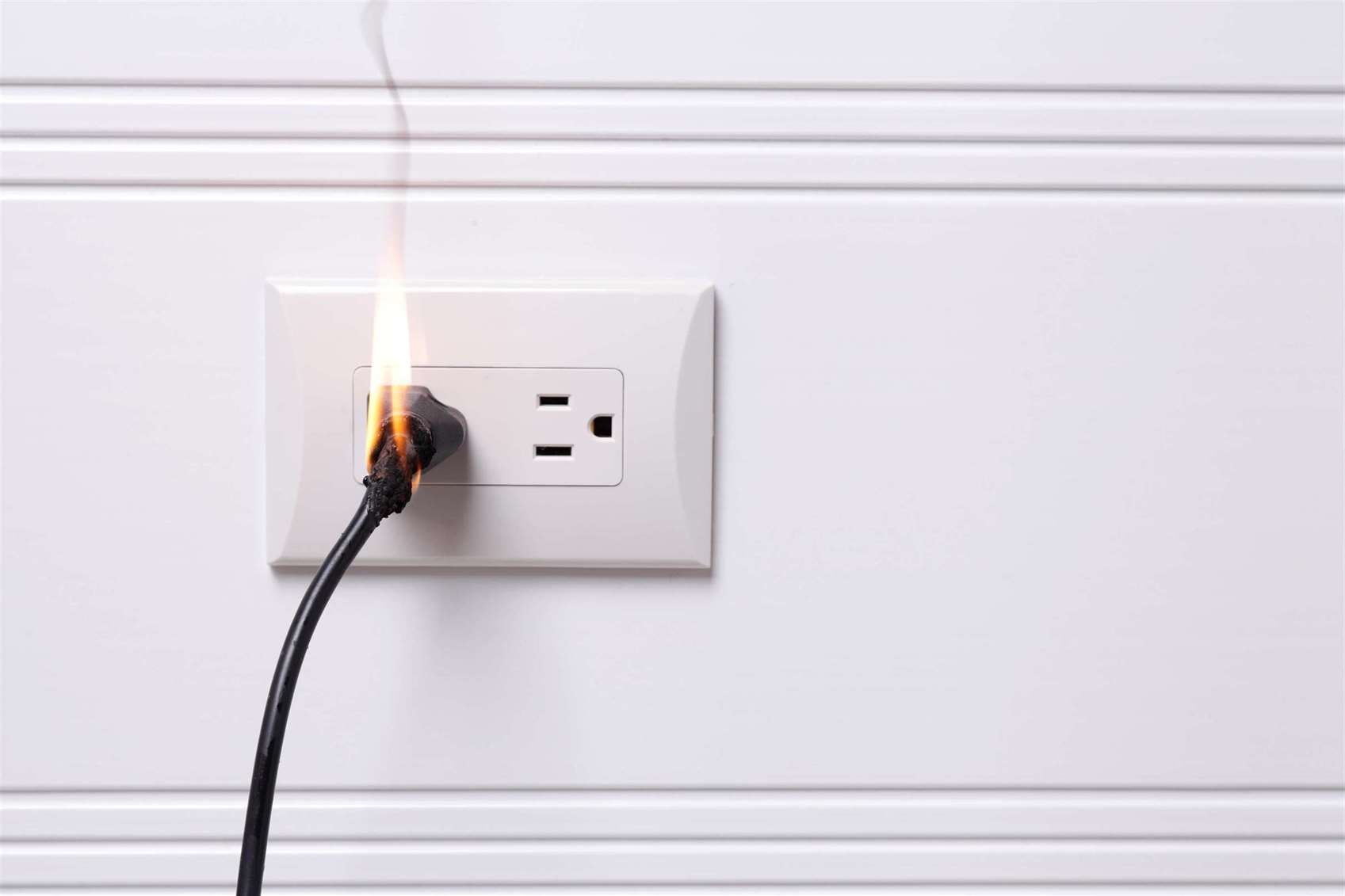
Preventing Short Circuits
One of the best ways to prevent short circuits is to invest in quality devices and appliances that come with built-in safety features such as circuit breakers or fuses. It’s also important to be mindful of how you use your electrical devices, such as avoiding overloading a circuit with too many devices at once.
Failing to identify and fix a short circuit can lead to several implications in the future. This can range from damage to the device or appliance to a potential fire hazard. It’s important to take electrical safety seriously, and if you’re ever in doubt about something, always call a licensed electrician to assess the situation.
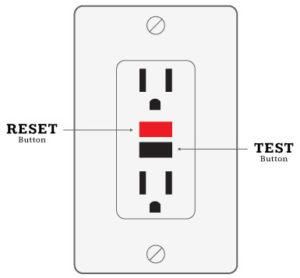
Ground Fault Circuit Interrupter (GFCI)
Firstly, let's talk about what GFCI breakers do. GFCI breakers are designed to detect when there is an imbalance between the current flowing from the hot wire and the current returning from the neutral wire.
If there is an imbalance, it means there's electricity leaking somewhere, which could be due to a surge or a ground fault, which happens when the electricity goes through your body instead of the circuit. This imbalance triggers the GFCI to trip the breaker, preventing electrocution.
One reason why GFCIs trip is because of a ground fault. A ground fault happens when a bare wire touches a grounded surface, creating an energy flow that travels through the ground instead of the electrical path. If there is a fault that causes current to flow through a person, the GFCI should trip.
This will only require resetting. However, if this happens regularly, it could mean there is a fault somewhere in the wiring of that circuit, needing replacement or repairs.
Another reason why GFCI breakers trip is due to moisture or water, which makes wiring prone to short-circuiting. When moisture comes into contact with a live wire, the circuit will detect an imbalance, and the GFCI will trip.
This is more common in areas where water is frequently used, such as a kitchen, bathroom, or outdoor outlet. Dry off any wet areas, inspect the wiring for any signs of corrosion, and reset the tripped breaker if necessary.
Damaged Circuit Breaker
Identifying a damaged circuit breaker is not as challenging as you might think. If you notice that your electrical panel is hot or there is visible damage to the breaker itself, such as burning or charring, those are signs of damage.
Additionally, if your circuit breaker trips frequently, it could be failing to function at full capacity, a sign that it might be time for a replacement. Overloading circuits or the passage of time can cause burnouts or damage to the breaker, which is why it may trip frequently, even at lower loads. A faulty circuit breaker can also cause excessive heat buildup resulting in damage to the electrical wiring connected to it.
There are several possible solutions for a tripping circuit breaker, but replacing a damaged circuit breaker is often the best course of action. A qualified electrician can help you determine the cost of replacing the breaker and schedule an appointment at your convenience.
If you attempt a DIY solution, ensure the power supply is off from the electrical panel to avoid personal injuries. You can do this by switching off the main circuit breaker, which controls all power supplies to your home.
It is essential to select the correct circuit breaker when replacing it. Many breaker manufacturers have various circuit breaker models to suit different systems. Still, it would be best if you choose the exact one that matches your current system to avoid future problems.
Power Surge
A power surge refers to a fast spike or increase in voltage over an electric circuit. The electric power supplied to your house has a set voltage that is maintained until something disrupts it. During such instances, power surges can occur and can impact the electrical devices in your home.
Circuit breakers that continuously trip can indicate issues linked to power surges. When an electrical load surpasses the circuit's intended capacity, a circuit breaker is triggered. Issues like short circuits, ground faults, or power overloads can cause power surges that trigger circuit breakers.
You can resolve any problems with excessive electricity loads by disconnecting the load to the circuit breaker and finding an alternative source of power.
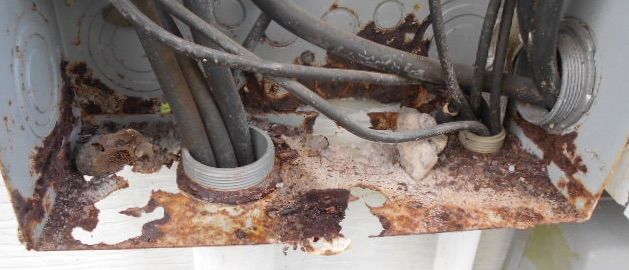
Corroded Electrical Panel
Corrosion is an electrochemical process that can occur due to various reasons, such as moisture, humidity, and other environmental factors. Apart from external factors, corrosion can be caused by insufficient protective coatings, faulty installation, and aging electrical panels. The accumulation of dust, dirt, and debris can also contribute to the corrosion of the panel.
A rusted electrical panel can be a safety hazard and potentially a fire hazard. A corroded panel can prevent the proper functioning of your breakers, increasing the chances of a short circuit and, consequently, an electrical fire. Besides, corroded wiring may cause electrical shocks or electrocutions, which can be fatal.
The solution is to clean or replace the corroded panel. While cleaning may solve some minor problems, severe rust may require the replacement of the panel. Replacing the corroded electrical panel not only ensures safety but also increases the efficiency of your home or office's electrical system.
During the replacement process, you may also install new equipment, such as surge protectors and ground fault circuit interrupters (GFCIs), which can act as additional protection and increase your overall electrical safety.
However, prevention is better than cure. Following a maintenance schedule is an effective way to avoid many electrical problems that may arise due to a corroded electrical panel.
Regularly checking for signs of corrosion, dust, and debris in the electrical panel can prevent corrosion from occurring in the first place. Similarly, making sure that your electrical panel is not experiencing humidity or moisture-related issues can prevent corrosion as well.
Why Does My Main Breaker Keep Tripping?
Main breakers play an integral role in ensuring that your electrical system operates safely and efficiently. They serve as a protective mechanism, functioning to cut off power to your home when a circuit is overloaded or short-circuited. If you've been experiencing a recurring issue of your main breaker tripping frequently, it can be a frustrating and concerning experience. There could be several reasons why your main breaker keeps tripping such as faulty wiring, outdated appliances, or a damaged circuit breaker.
As a professional, we highly recommend you consult a licensed electrician to diagnose and resolve the issue to prevent potential hazards and ensure the longevity of your electrical system.
Why Does My Microwave Keep Tripping the Breaker?
If you're one of the many homeowners who have experienced a power outage in your kitchen due to a tripped breaker caused by a microwave, it's not uncommon to wonder what may be causing the recurrent issue. A microwave is an essential appliance in many households as it provides convenient meal preparation and reheating options. However, a faulty microwave can lead to potential safety hazards.
The reason why your microwave keeps tripping the breaker could be due to different factors, such as electrical issues, faulty wiring, or even an overloaded circuit. Finding the root cause of the problem is crucial to prevent further electrical damage or appliance problems, and seeking professional help may be a wise decision in this case.
Why Does My Fridge Keep Tripping the Breaker?
As a homeowner, you may be wondering why your fridge keeps tripping the breaker. It's a frustrating problem that can disrupt your daily routine, and it's important to get to the root of the issue as soon as possible. There are a variety of reasons why your fridge may be tripping the breaker, ranging from simple fixes like a dirty air filter or an overloaded circuit to more complicated problems like a malfunctioning compressor or faulty electrical wiring.
To diagnose the issue, it's best to consult with a professional electrician who can help you identify the cause and recommend the most effective solution for your specific situation. Whatever the cause, taking action sooner rather than later can prevent further damage and keep your fridge running smoothly for years to come.
Why Does AC Keep Tripping The Breaker?
When trying to keep cool during hot summer months, the last thing anyone wants is for their air conditioner to keep tripping the breaker. It can be debilitating and inconvenient, but it's important to understand why it's happening.
There's no one-size-fits-all answer to this question as there are many reasons why your AC could be causing the breaker to trip. It could be due to a power surge, a faulty circuit breaker, or even an overloaded electrical circuit. It's crucial to have a professional HVAC technician diagnose and repair the issue to prevent any further damage and ensure that your cooling system is working efficiently.
Why does My RV AC Keep Tripping the Breaker?
As a seasoned RV owner, you may have encountered a frustrating problem: your RV AC keeps tripping the breaker. Not only is it inconvenient, but it can also be a safety hazard. The reasons behind this issue are varied and can be difficult to diagnose without a professional's help.
Some common culprits include a faulty circuit breaker, dirty air filters, or a refrigerant leak. It's crucial to address this issue promptly before it causes lasting damage to your RV's electrical system. Seeking the help of an experienced technician to diagnose and fix the issue is highly recommended to ensure the safety and reliability of your RV.
Why does My Dryer Keep Tripping the Breaker?
If you’re finding your clothes still wet after a full cycle, notice a strong burning smell, or the dryer is suddenly shutting off, it could be because it's tripping the breaker. The breaker is a safety device that stops electrical current to prevent circuit damage, overheating, or even a fire. There can be different reasons why your dryer keeps tripping the breaker, which include issues like a clogged vent, an overloaded circuit, overheating due to a malfunctioning heating element, or a worn out or damaged breaker.
In these cases, it’s essential to identify the root cause and implement the necessary repair or replacement as soon as possible to avoid any potential danger. If you’re not an expert in electrical repairs, it's recommended to seek professional assistance to avoid harm and ensure proper maintenance of your dryer.
Why does My Hot Water Heater Keep Tripping the Breaker?
If your hot water heater keeps tripping the breaker, there are a few potential reasons why this may be happening. One possible cause could be a faulty or damaged heating element. Another reason might be a buildup of sediment or mineral deposits in the tank, which can cause the water to overheat and trip the breaker.
It's also possible that the thermostat has malfunctioned and is sending incorrect signals to the electrical system. Whatever the cause, it's important to address the issue promptly, as a hot water heater that keeps tripping the breaker could be a sign of a serious electrical problem or safety hazard. Contacting a licensed professional to diagnose and fix the issue is highly recommended.

Why does My Furnace Keep Tripping the Breaker?
If your furnace keeps tripping the breaker, it could be a sign of a serious problem. A circuit breaker functions to protect electrical circuits from overloading. When your furnace trips the breaker, it means the electrical load on the circuit is exceeding what the breaker is designed to handle, and it cuts off the flow of electricity to prevent damage or fire. There are a number of reasons why your furnace might be tripping the breaker.
It could be due to a faulty breaker, a wiring issue, or a malfunctioning component of the furnace. It's important to address the issue as soon as possible to prevent further damage or potential safety hazards. If you can't resolve the problem on your own, it's recommended to call a professional HVAC technician to perform a thorough inspection and make any necessary repairs.
Tips For Installing a Breaker
- Before you begin installing a breaker, it is important that you read the manual. The manual will provide you with important information about the breaker, such as the correct way to install it. Additionally, the manual will also contain safety information that you should be aware of before beginning the installation process.
- It is also important that you turn off the power to the area that you will be working in. This can be done by turning off the main breaker for your home. Once the power is off, you can then begin working on installing the new breaker.
- Remove the old breaker from the panel. To do this, simply unscrew the old breaker and pull it out of the panel. Once the old breaker is removed, you can then dispose of it properly.
- With the old breaker removed, you can now install the new breaker. To do this, simply screw the new breaker into place and tighten it down. Once the new breaker is installed, you can then turn on the power and test it to make sure that it is working properly.
- Once you have installed the new breaker and tested it to make sure that it is working properly, you can then turn on the power to your home. To do this, simply flip on the main breaker for your home. Once the power is on, you should then test all of your electrical outlets to make sure that they are working properly.
- After you have turned on the power and verified that everything is working properly, you should then test all of your electrical outlets to make sure that they are receiving power. To do this, simply plug a lamp or other small appliance into each outlet and turn it on. If each outlet is receiving power, then your installation was successful!
Conclusion
Diagnosing the reason why your breaker keeps tripping can often seem like a difficult and complex problem, but by understanding both the various types of breakers and potential causes, you can successfully identify and rectify the issue. Make sure to remember that when working with electricity, safety is essential; if in doubt over any step, be sure to contact a licensed electrician.
With these guidelines in mind, you will leave this problem behind and move on to tackling other electrical issues around your home. After all, with knowledge comes power! All in all, understanding why your breaker is tripping is not only critical for keeping your home safe from electrical damage; it’s also a great way to gain confidence as an independent homeowner.
You should now be able to run appliances and devices in your home without conflicts and without tripping the breakers. People often take a shortcut and use extension cords in the absence of available outlets, which can be hazardous if you have too many things plugged into one outlet. Always be mindful of safety and do the right thing, install a new breaker or get it done by a professional if you’re not electrically inclined.
Let the professionals at AC-DC Electrical Services do your home wiring or handle the tough electrical jobs for you. If you need to install new breakers or a whole new breaker panel, they have the knowledge and experience to do the job right. Give them a call at 970-330-1656 to schedule a service call.
You might also like
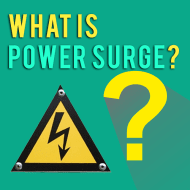
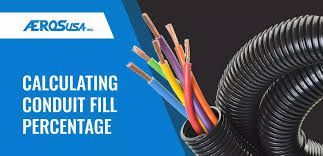
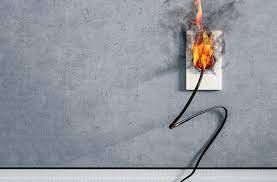
Book a Service Today
We will get back to you as soon as possible
Please try again later

